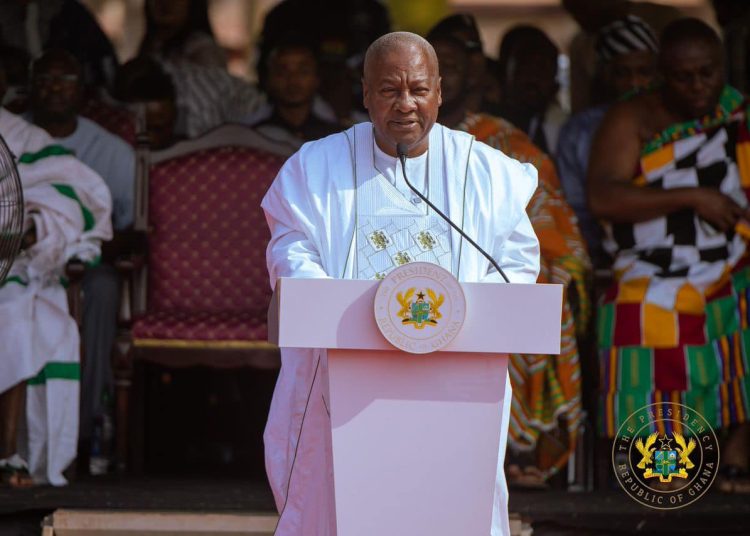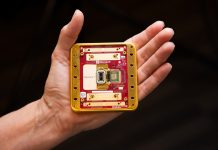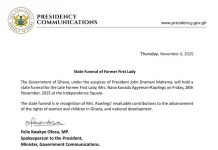U.S. President Donald Trump’s newly imposed tariffs could result in over $1 billion in annual losses for American semiconductor equipment manufacturers, according to industry estimates shared with government officials and lawmakers in Washington last week, two sources familiar with the discussions have revealed.
Each of the country’s top three chip equipment makers—Applied Materials, Lam Research, and KLA—could face losses of around $350 million per year due to the new trade measures. Smaller companies such as Onto Innovation are also projected to bear additional costs amounting to tens of millions of dollars.

This is the first time the scale of the projected financial impact and the behind-the-scenes talks between industry leaders and U.S. officials over the past several days have been reported.
The companies manufacture some of the world’s most advanced semiconductor fabrication tools, composed of thousands of intricate, specialized components.
The industry has already suffered significant revenue losses in recent years, largely due to export controls enforced under President Joe Biden’s administration. Those restrictions targeted the sale of cutting-edge chipmaking equipment to Chinese firms, as part of broader efforts to limit China’s technological advancements in the semiconductor sector.
The Trump administration has largely paused the reciprocal tariffs it announced in April. But to spur more U.S. manufacturing, it is weighing further duties on the chip industry and initiated a probe into their imports on Monday.
The estimated costs discussed last week in Washington include lost revenue, primarily for missed sales of less sophisticated equipment to overseas rivals, and the costs of finding and using alternative suppliers for the complex components of chipmaking tools. The estimate also includes tariff compliance costs, such as adding personnel to handle the complexities of following the rules.
Lawmakers and administration officials discussed the tariff costs with chip industry executives and officials from SEMI, an international trade group, as part of an ongoing dialogue.
Applied did not respond to a request for comment. KLA and Lam declined to comment.
The early, rough estimate of $350 million per company could change as the Trump administration’s duties take effect. Quick calculations are hard to make because each chipmaking tool has multiple components, and the ultimate tariff regime is unclear.
The Biden administration cracked down on China’s chip industry over three years to hobble its ability to produce cutting-edge chips used in artificial intelligence, military applications, or other ways that could threaten U.S. national security.
The U.S. export controls have spurred China to invest in its domestic chip equipment industry.























































![[FREE FREE MONEY] Predict and Win a Guaranteed GH¢200 From Us EVERY WEEK](https://wordpress.ghanatalksradio.com/wp-content/uploads/2022/02/Predict-and-Win-Final-09-03-2021-218x150.jpg)
![[Predict & Win – 8th/Oct.] WIN A Guaranteed ¢200 From Us This Week](https://wordpress.ghanatalksradio.com/wp-content/uploads/2021/10/maxresdefault-16-218x150.jpg)
![[Predict & Win – 2nd] WIN A Guaranteed ¢200 From Us This Week](https://wordpress.ghanatalksradio.com/wp-content/uploads/2021/09/maxresdefault-50-218x150.jpg)
![[Predict & Win – 25th] WIN A Guaranteed ¢200 From Us This Week](https://wordpress.ghanatalksradio.com/wp-content/uploads/2021/09/maxresdefault-36-218x150.jpg)
![[Predict & Win – 18th] WIN A Guaranteed ¢200 From Us This Week](https://wordpress.ghanatalksradio.com/wp-content/uploads/2021/09/maxresdefault-23-218x150.jpg)










![[National cathedral] See full list of churches that have contributed since 2018](https://wordpress.ghanatalksradio.com/wp-content/uploads/2020/09/Ghana-National-Cathedral-GhanaTalksRadio-100x70.jpg)

![[Nigerian Election 2023] Major upset for Labour Party’s Peter Obi as ‘Landlord’ Tinubu loses in Lagos](https://wordpress.ghanatalksradio.com/wp-content/uploads/2023/02/Peter-Obi-100x70.png)

